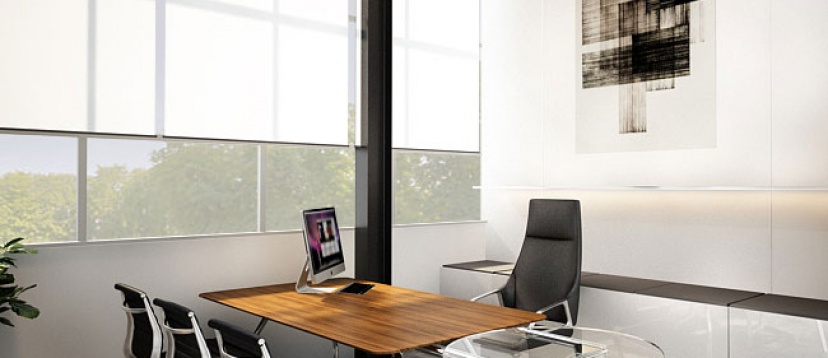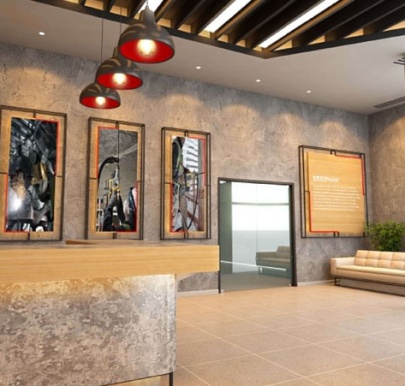How a Commercial Interior Designer can enhance The Beauty of Business Space
August 11, 2020
[likebtn theme="custom" icon_l_url="https://apps.e8demo.com/right-source/wp-content/uploads/2019/11/blog-like.png#582" icon_d_url="https://apps.e8demo.com/right-source/wp-content/uploads/2019/11/blog-like.png#582" dislike_enabled="0" icon_dislike_show="0" bp_notify="0"]
Commercial Interior Designer
Familiar with the feeling of wanting the ‘corner office’? Ever wonder why it is so popular?
Apart from the fact that the person who is rewarded with the corner office comes with a title high up in the management ladder, since it is in a corner, it allows for the largest space and enjoys two exterior walls, which usually use French windows and open out to a great view!
The technical decode – it comes with a wider-angled view of the city. Additionally, if the city is arranged according to a standard grid system, the view will likely be more than just whatever is across the street, a more panoramic view.
Therefore commercial spaces are designed very specifically to the requirement of a company. If a company’s structure were a more linear one, with open desks and free flowing, such a corner space would be used as a recreational or common space for everyone to enjoy.
Difference between residential and commercial space designs
A residential interior designer can design a commercial space but not always. Both can be stylish in their own right, but a stylish commercial interior is way more tricky to execute than a residential one. Hence, even though you may have had a great experience with a residential interior designer, s/he may not be able to envision a commercial space design in the same way. Not only are the aesthetics different but also the technicalities. A simple difference could be the availability and use of a commercial design software. The interior design software market was valued at USD 3,829 million in 2019 and is expected to reach a value of USD 6,433.9 million by 2025. The development of infrastructure, worldwide, increased the need for better interior design and decoration.
Here is a list of some commercial / business spaces:
- Office spaces
- Commercial workshops
- Malls, stores in the mall, supermarkets, hypermarkets
- Cinemas
- Hotels and restaurants
- Clubs, gyms and other recreational spaces
- Airports and lounges
and such other surely require the expertise of a commercial interior designer

Any commercial space definitely requires a good execution of these basics:
- Safety – The safety hazards in a commercial space are multi fold. Sometimes due to equipment, just by way of sheer numbers. Hence, safety over design, over aesthetics, over anything, must be top priority.
- Air Conditioning (HVAC systems) –
- a) An understanding of the commercial space and entry / exit points to know how the commercial space designer will plan ducting.
- b) The actual tonnage of air conditioning required.
- c) Proper planning to ensure the right circulation.
- d) Advise on where and how to make the purchase, if the designer is not making the purchase as part of the contract.
- e) Optimum construction to allow for easy servicing.
- Reimagining the Spaces
- a) Understanding brand image and working within the guidelines to ensure proper branding.
- b) Understanding the company structure to know whether to factor in for closed cabin or a walk in culture.
- c) Toilet facilities depending on the number of employees / visitor traffic
- d) Optimising corners – easy to reach coffee and snack areas
- e) Other Spaces– sit down lunch areas or grab and go, meeting spaces, visitor waiting lounge etc.
Aesthetics of a commercial space
- Brand – A good commercial interiors designer internalizes the brand guidelines so that everything – overall plan, colour scheme, furniture, appropriate use of the logo in the right places, signage – is aligned to it.
- Creative – A commercial space, even in its strictest form, must be creative. This should be non negotiable. This not only boosts the morale of the employees but make sit welcoming (in a somewhat homely way) to visitors, too.
Therefore, the biggest tell of a well designed commercial space is when both employers and visitors look forward to coming to work every day, an office space that is an extension of their home or visiting repeatedly.



Write a comment